Are you looking for bunny habitat ideas? If so, you’ve come to the right place! This article will provide all the information you need to create the perfect home for your pet bunny. We’ll discuss everything from bunny diet, habitat size, and types of bedding, to the importance of providing toys and activities. We’ll also explain the importance of proper rabbit care, and provide tips on how to keep your pet safe and healthy. By the end of this article, you’ll have all the knowledge you need to create a comfortable and stimulating home for your beloved bunny.
Bunny Habitat Ideas

Indoor Rabbit Room Ideas
Rabbits make wonderful pets, and they need a comfortable and stimulating environment to stay healthy and happy. When creating an indoor rabbit room, make sure to include plenty of space for your rabbit to run and play, as well as a comfy spot to sleep. The floor should be covered with a soft material such as hay or wood chips, and the walls should be lined with chew-proof materials such as wood or metal. You should also provide plenty of toys, such as tunnels and balls, to keep your rabbit entertained. Additionally, an indoor rabbit room should be equipped with a litter box, water bottle, and food dish.
Outdoor Rabbit Habitat Ideas
Outdoor rabbit habitats provide your pet with more space to explore and run around. A secure fence should be used to keep your rabbit from escaping, and the enclosure should have plenty of shade and shelter from the elements. The enclosure should also be equipped with a hutch or shelter to provide your rabbit a place to hide. Be sure to provide plenty of chew toys, such as hay and twigs, as well as other stimulating items such as rocks and logs. Additionally, make sure to provide your rabbit with a safe and secure food dish, as well as access to fresh water.
Essential Care for Rabbits
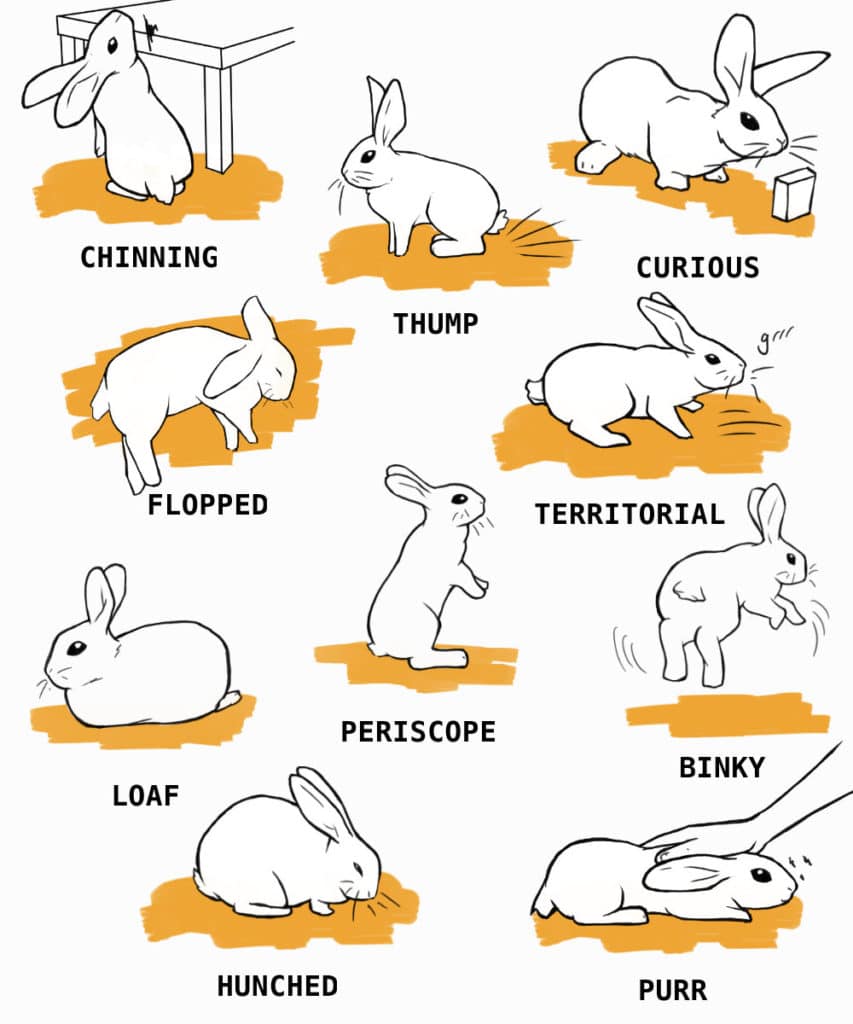
- Provide fresh hay – hay is essential to a rabbit’s diet, providing important nutrients as well as helping to keep their teeth and digestive system in good health. Provide fresh hay every day.
- Provide fresh vegetables – vegetables should make up a large part of a rabbit’s diet. Offer different types of leafy greens, including carrot tops, kale, parsley, and bok choy, as well as carrots, celery, and other vegetables.
- Provide fresh water – rabbits need a steady supply of fresh water. Change the water daily and keep the bowl clean.
- Provide exercise – rabbits need daily exercise to stay healthy. Make sure your rabbit has plenty of space to run and jump, and provide toys and activities to keep them entertained.
- Visit the vet – regular visits to the vet are important for a rabbit’s health. Make sure your rabbit gets checked for any medical issues, and keep up to date with regular vaccinations.
- Grooming – rabbits need regular grooming to stay healthy and keep their fur in good condition. Brush your rabbit regularly and check for any signs of parasites or other skin problems.
Food and Nutrition for Rabbits
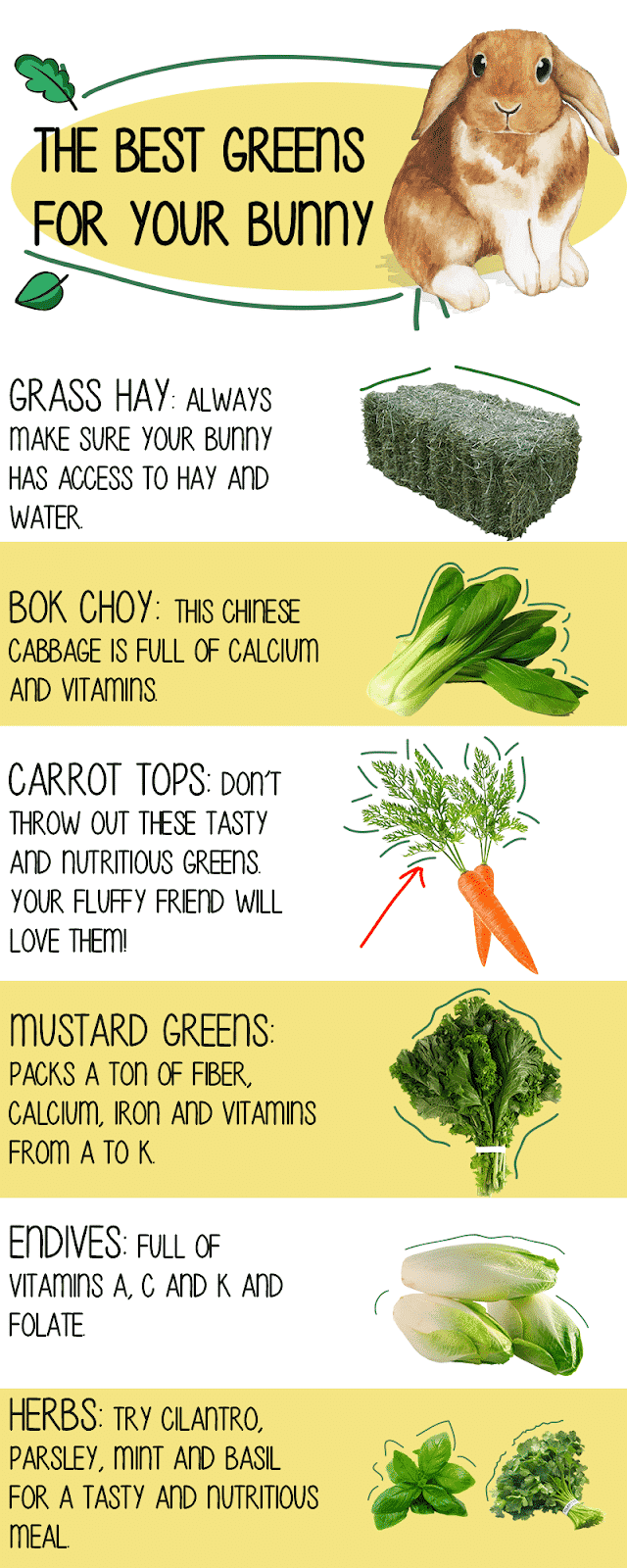
Rabbits are herbivores and require a balanced diet of hay, vegetables and a small amount of pellets in order to stay healthy.
- Hay should be the primary component of a rabbit’s diet, as it is high in fiber and helps to keep the digestive system functioning properly. Timothy hay, oat hay, orchard grass and brome are all good choices. The hay should be fresh and free of dust.
- Vegetables should be offered in moderation as treats. Leafy greens such as kale, romaine lettuce, parsley, cilantro, and dandelion greens are all excellent choices. Other vegetables such as carrots, celery, bell peppers, broccoli, and cauliflower are also acceptable. Avoid starchy vegetables like corn, potatoes and peas.
- Pellets should only be offered in small amounts, as too much can lead to obesity and other health problems. Look for pellets that are made from Timothy hay and contain no added sugars or artificial flavors. The pellets should be fresh and not expired.
- Treats should be offered sparingly and should not make up more than 10% of a rabbit’s diet. Healthy treats such as apples, bananas, and pears are all suitable options. Avoid giving sugary snacks or treats that are high in fat or salt.
Fresh water should also be available at all times. Rabbits need plenty of exercise and enrichment in order to stay healthy, so make sure to provide plenty of toys and activities for them to enjoy.
Toys and Enrichment for Rabbits
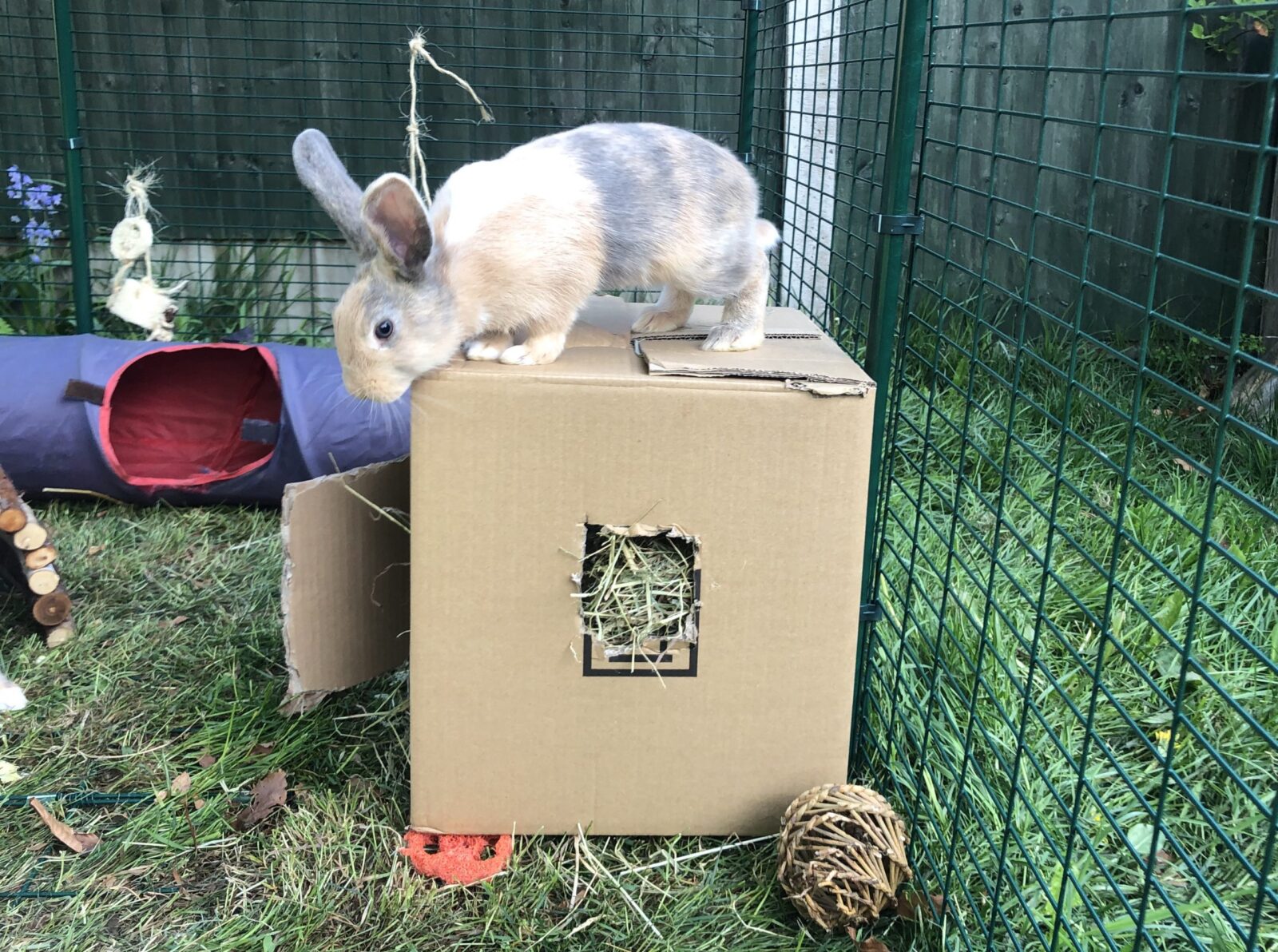
- Toys: Toys are essential for providing physical and mental stimulation to a rabbit. Some popular options include cardboard boxes, paper towel rolls, and puzzle feeders. Additionally, wooden chew toys, woven baskets, and balls can be used to provide further stimulation.
- Enrichment: Enrichment is an important part of a rabbit’s daily routine. It can involve activities such as foraging for food, digging, and playing with toys. Additionally, providing hay, water, and food in different locations can help stimulate a rabbit’s natural instincts.
- Positive Reinforcement: Positive reinforcement can be used to encourage desirable behaviors in rabbits. Treats, praise, and petting can all be used to reward a rabbit for good behavior. Additionally, providing toys, playtime, and foraging activities can help to keep a rabbit engaged and entertained.
Grooming and Health Care for Rabbits
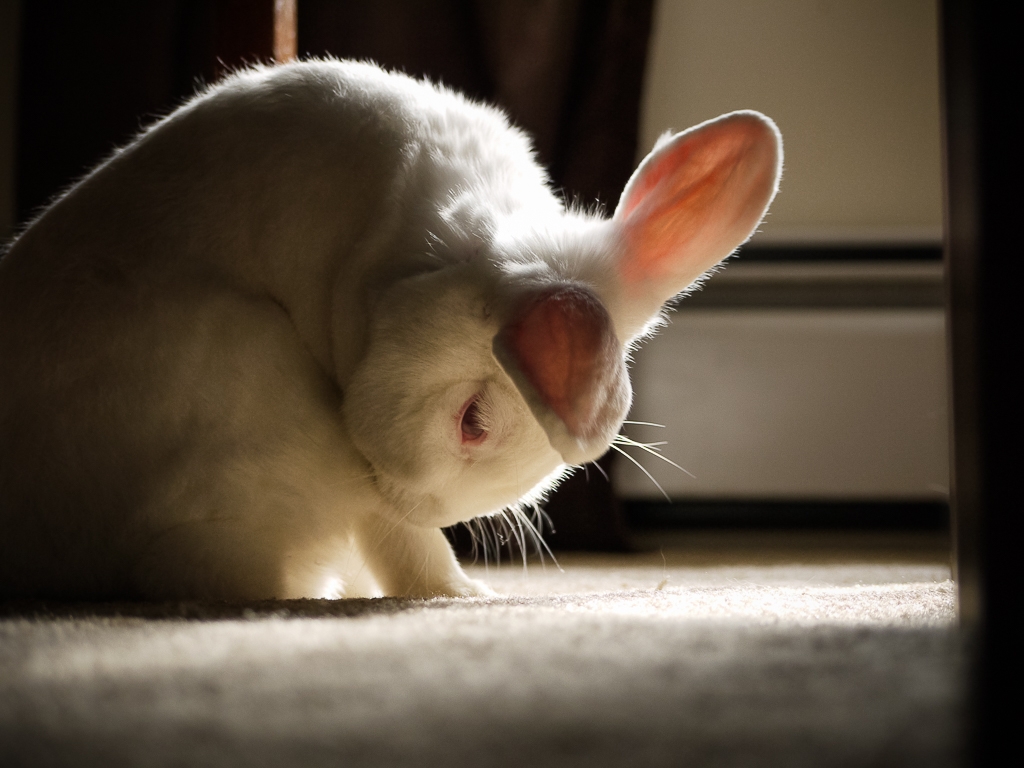
- Brushing: Rabbits should be brushed regularly to remove any dirt or debris from their fur. This will keep their coat clean and free of mites and fleas. Use a soft-bristled brush that is designed specifically for rabbits.
- Nail trimming: Rabbits need their nails trimmed every few weeks. This will keep their feet healthy and comfortable. Use a nail clipper designed specifically for rabbits and trim their nails carefully and slowly.
- Teeth and jaw check: Rabbits need their teeth and jaw checked regularly. This will ensure that their teeth and jaw are properly aligned and that their teeth are not overgrown.
- Check for parasites: Rabbits should be checked for any parasites, such as mites and fleas, regularly. If any parasites are found, they should be removed immediately.
- Vaccinations: Rabbits should be vaccinated against certain diseases, such as rabbit haemorrhagic disease and myxomatosis.
- Diet: Rabbits should be fed a balanced, nutritious diet with plenty of fresh hay and vegetables.
- Exercise: Rabbits need plenty of exercise to stay healthy and happy. Provide them with a large, safe enclosure to explore and plenty of toys to keep them entertained.
Bonding with Your Rabbit
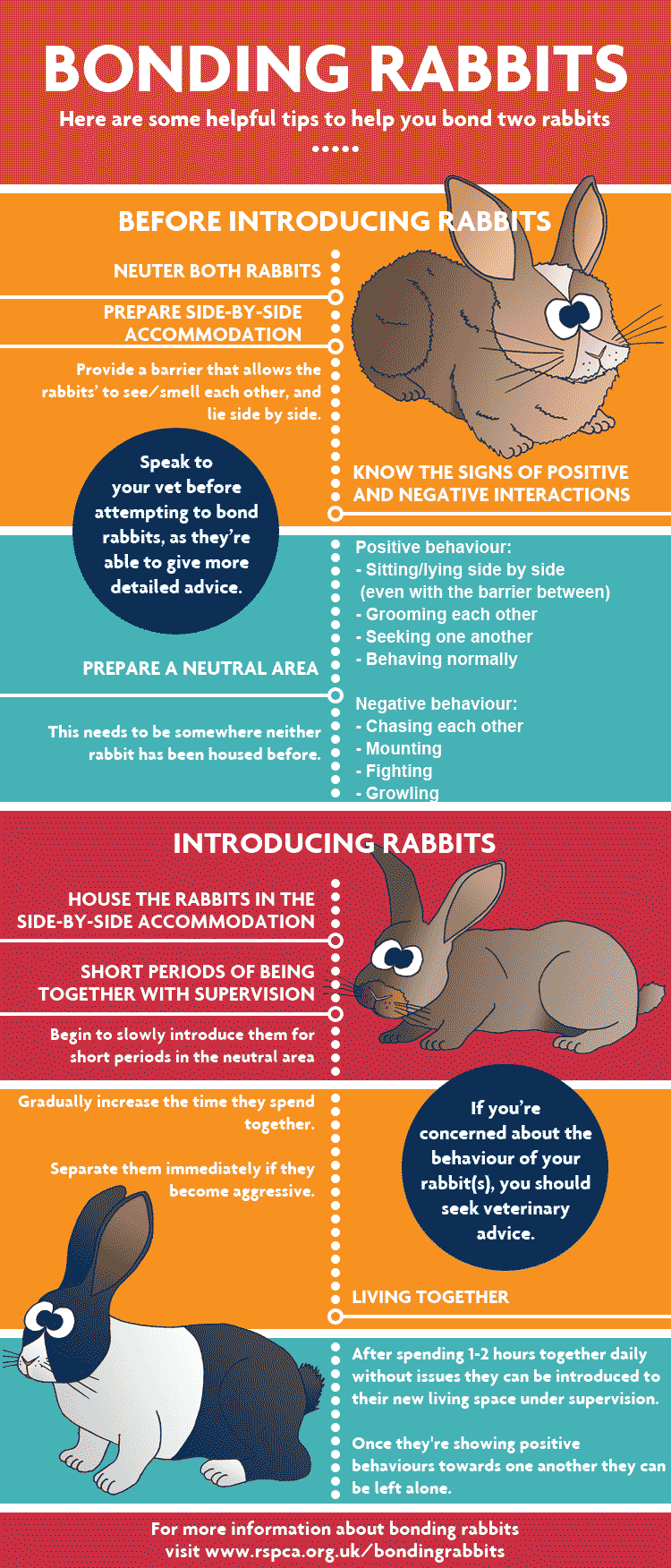
- Spend Time Together – Spending quality time with your rabbit is the best way to bond with them. Let your rabbit out of their habitat, give them some treats, and provide them with plenty of love and attention.
- Facilitate Playtime – Playing with your rabbit will help them become more comfortable with you and create a stronger bond. Provide them with plenty of toys and activities to keep them busy and entertained.
- Create a Routine – Rabbits are creatures of habit and thrive on routine. Establish a regular feeding schedule, a regular grooming routine, and a regular cleaning schedule. This will help your rabbit feel safe and secure.
- Give Them Treats – Giving your rabbit treats is a great way to bond with them and show them that you care. Choose healthy treats such as fresh fruits and vegetables, and be sure to feed them in moderation.
- Be Patient – Bonding with your rabbit takes time and patience. Don’t rush the process, and take the time to get to know your rabbit and let them get to know you.
Housing Solutions
A suitable home for your rabbit should include a secure and spacious hutch, a run, and a living area indoors. Hutches should be constructed with a solid base and walls and a roof to ensure protection from the elements and predators. Make sure to provide enough space for your rabbit to move around, stretch out, and be active. Hutches should also be well-ventilated and cleaned out regularly.
A run, or an outdoor space for your rabbit, should be large enough for your rabbit to move around and explore. Additionally, it should have a secure floor with a grassy area, a digging area, and a shelter. Rabbit runs should be placed in a shaded area, free from predators, and checked regularly for any damage.
A living area indoors is also recommended for rabbits, especially if they are kept as house pets. A comfortable and safe area in the home should be provided for your rabbit to sleep, play, and explore. It should be large enough for your rabbit to move around, with plenty of toys, climbing platforms, and hiding places. Make sure to rabbit-proof the area to avoid any accidents.
Frequently Asked Questions
What kind of environment do rabbits need for optimal health?
Rabbits need a safe, comfortable, and spacious environment in order to live a healthy life. They need plenty of room to move around, access to fresh hay, water, and a variety of safe vegetables and fruits. They should also be provided with hiding spots, toys, and chew toys. Furthermore, they should be kept in a temperature-controlled environment, away from extreme temperatures and drafts. Regular veterinary check-ups are also necessary to ensure optimal health.
What Type of Housing is Best for Rabbits?
Rabbits should be housed in a climate-controlled environment that is safe, clean, and comfortable. The cage should be spacious enough to allow the rabbit to move around freely and should be made of a sturdy material like metal or hard plastic. The cage should also be equipped with bedding, food and water dishes, and toys. Additionally, the cage should have enough space for a litter box and for the rabbit to make a nest. When possible, rabbits should also have access to a play area outside of their cages.
What kind of Diet Should Rabbits Have?
Rabbits should have a diet that is high in fiber and low in fat and sugar. A healthy diet for a rabbit should consist mostly of hay, fresh vegetables, and a small amount of high-quality pellets. Hay should make up the majority of their diet, as it helps keep their digestive system healthy. Fresh vegetables should be offered in small amounts each day and should be rotated regularly to ensure the bunny is getting a variety of nutrients. Pellets should be limited to a small amount each day, as they are high in calories and can lead to obesity if not managed properly.
What Kind of Toys and Activities Should Rabbits Have in Their Habitat?
Rabbits need enrichment activities to stay mentally and physically healthy. Toys, such as tunnels and cardboard boxes, can provide hours of entertainment. Exercise wheels, play tunnels, and hanging toys are all great options for stimulating play. Additionally, rabbits can benefit from foraging activities, such as hiding treats or scatter feeding. Providing a variety of toys and activities is essential for keeping your rabbit happy and healthy.
How often should rabbits be checked by a veterinarian?
- Annually – A yearly check-up is important for rabbits, as they are prone to many illnesses and can quickly become ill if not monitored. A yearly check-up should include a physical exam, fecal exam, and a nail trimming.
- After any changes – If you make any changes to your rabbit’s diet, habitat, or routine, it is important to get them checked by a veterinarian. This is especially important when introducing a new pet or if there is any sign of illness.
- At signs of illness – If your rabbit is exhibiting any signs of illness, such as lethargy, decreased appetite, or abnormal behaviors, it is important to take them to a veterinarian as soon as possible.
Regular check-ups with a veterinarian are important to maintain your rabbit’s health and well-being. If you have any concerns or questions, make sure to consult with a veterinarian to ensure the best care for your beloved pet.
Conclusion
Creating the perfect bunny habitat is an important part of ensuring your rabbit’s health and well-being. By providing your rabbit with a cozy and safe environment, plenty of exercise, and a healthy diet, you can help ensure that your pet is happy and healthy. Remember to check with your veterinarian for advice on how to best care for your bunny.
